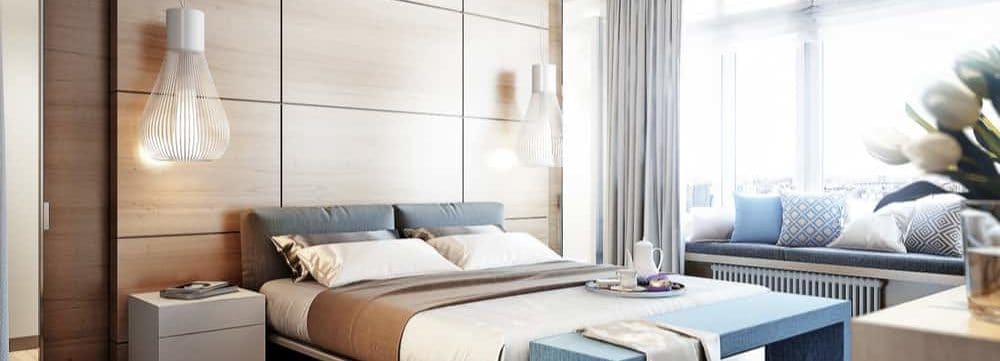Blog
Outpatient Services Move to Hotel-Like Environments

The healthcare industry is embracing a new trend. Moving outpatient services to a more consumer-friendly environment. Think hotel-like environments. Moving these services to a controlled environment is better for everyone because its a more comfortable experience for the patients and it reduces the cost of healthcare by cutting down on waste.
E4H Takes the Lead
E4H, an architecture firm focused exclusively on healthcare, recently worked with a New York hospital to convert a 27-unit physician and nurse dormitory into temporary housing for immunocompromised patients. An immunocompromised patient is a person who does not have the ability to respond normally to an infection due to an impaired or weakened immune system. This inability to fight infection can be caused by a number of conditions including bone-marrow transplants (BMTs). In the past, patients undergoing BMTs had to stay in a large hospital even though they didn’t require a full suite of inpatient services. The extended hospital stay was to monitor them and keep them away from infectious environments.
Procedures like bone-marrow transplants (BMTs) exemplify a unique need for extended care: In the first phase of treatment (surgery and post-op), those undergoing BMTs must be served as hospital inpatients. In the second phase, patients are vulnerable to infection and require monitoring for complications, but typically do not require a full staff of healthcare providers. Having them stay in a hospital for phase two wastes the room and the staff. Not to mention it is uncomfortable for patients. E4H worked with the New York hospital to satisfy this in-between need.
Understanding the Needs of an Immunocompromised Patient
Using BMT patients as their focus, the New York hospital administrators worked with E4H architects worked to serve this “in-between” population by providing a new facility. The new quarters feel more like a hotel than a hospital. The temporary housing features a cozier interior design; private, suite-style rooms; and specialized air and water filtration systems to protect immune-suppressed patients. Rather than an inpatient charge nurse, a uniquely skilled concierge service provides personal customer service according to the patients’ daily needs.
Reducing Healthcare Costs
In 2018, we will continue to see outpatient services like the one discussed here moved to the more consumer-friendly locations. Moving patients who don’t need a full suite of healthcare providers looking after them, out of traditional hospitals reduce healthcare costs. It opens up patient rooms for urgent care. It reduces waste and maximizes operational efficiency. Furthermore, it allows in-between patients to get out of the hospital environment into a place that feels more like home.
Sources:
“2018 Predictions for Healthcare Facility Design.” Building Design + Construction, 11 Dec. 2017, www.bdcnetwork.com/2018-predictions-healthcare-facility-design.
http://www.e4harchitecture.com/







